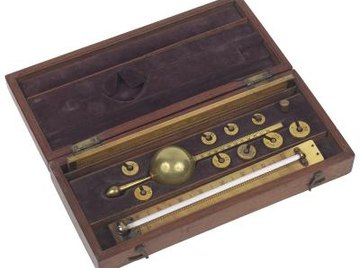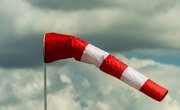
The barometer is one of the earliest reliable instruments for weather prediction. The device reads changes in air pressure. Generally speaking, falling pressure means bad weather, although more specific readings are made possible by using the published studies of local observed conditions. The oldest barometers were analog instruments using containers of water, but modern ones are often electronic with digital read-outs.
- A guide to your local or national weather patterns
- Weather vane (optional)
Determine the wind direction. This is best done with an established weather vane, but if you do not have one, lick a finger and stick it in the air. The sun rises in the east and sets in the west, and you can use this to establish your general orientation and determine the wind direction.
Check the pressure reading on your barometer. This will be a number between 28 and 32.
Take the wind and pressure reading and compare it to your guide to local weather patterns. This will yield a prediction. For example, in the US if the wind is southeast to northeast, and the pressure is above 30.1 and falling slowly, that means there should be rain coming, and that it will arrive in 12 to 18 hours.
Things You'll Need
Photo Credits
Hemera Technologies/PhotoObjects.net/Getty Images
